As the Nineteenth Century continued the Romantic movement in music became continually more nationalistic, emotional, dramatic, and chromatic in its nature. There were various streams of musical approaches: for example, Wagner and Bruckner found followers in Mahler and Strauss, while Schumann and Brahms saw their legacy continued in Dvorak and Sibelius; an increasingly colorful approach to drama, storytelling, picture painting, brilliant orchestral coloration, is found in the excitement of Tchaikovsky and Rimsky-Korsakov. And gradually the intensity of harmony was becoming complex in a way that would soon lead into modernism.
This era from about 1870 to 1910 includes a large number of greatly beloved works that are often performed today because of their deeply engaging characteristics. Here is a long list of a few of the most notable works, notable either because of true greatness or because of long-standing crowd appeal.
Charles Gounod of France is most noted for his version of ‘Ave Maria’, in which he used J.S. Bach’s Prelude 1 from the Well-Tempered Clavier as the complete accompaniment for a new sung melody soaring above.
Pyotr Ilyich Tchaikovsky, a Russian, lived an emotionally unstable and tormented life --- while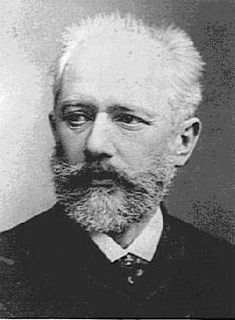 composing works of extravagant genius and founding one of the great conservatories. His lyricism and engaging dramatic colors are unsurpassed, as well as his depression: his Sixth Symphony ‘Pathetique’ is considered by many to be among the most perfect of all orchestral pieces. When I was a preschooler I loved this and Rachmaninoff’s Second Piano Concerto better than anything else --- and had to later swear them off like some vice! (I listen again and appreciate them differently now.)
composing works of extravagant genius and founding one of the great conservatories. His lyricism and engaging dramatic colors are unsurpassed, as well as his depression: his Sixth Symphony ‘Pathetique’ is considered by many to be among the most perfect of all orchestral pieces. When I was a preschooler I loved this and Rachmaninoff’s Second Piano Concerto better than anything else --- and had to later swear them off like some vice! (I listen again and appreciate them differently now.)
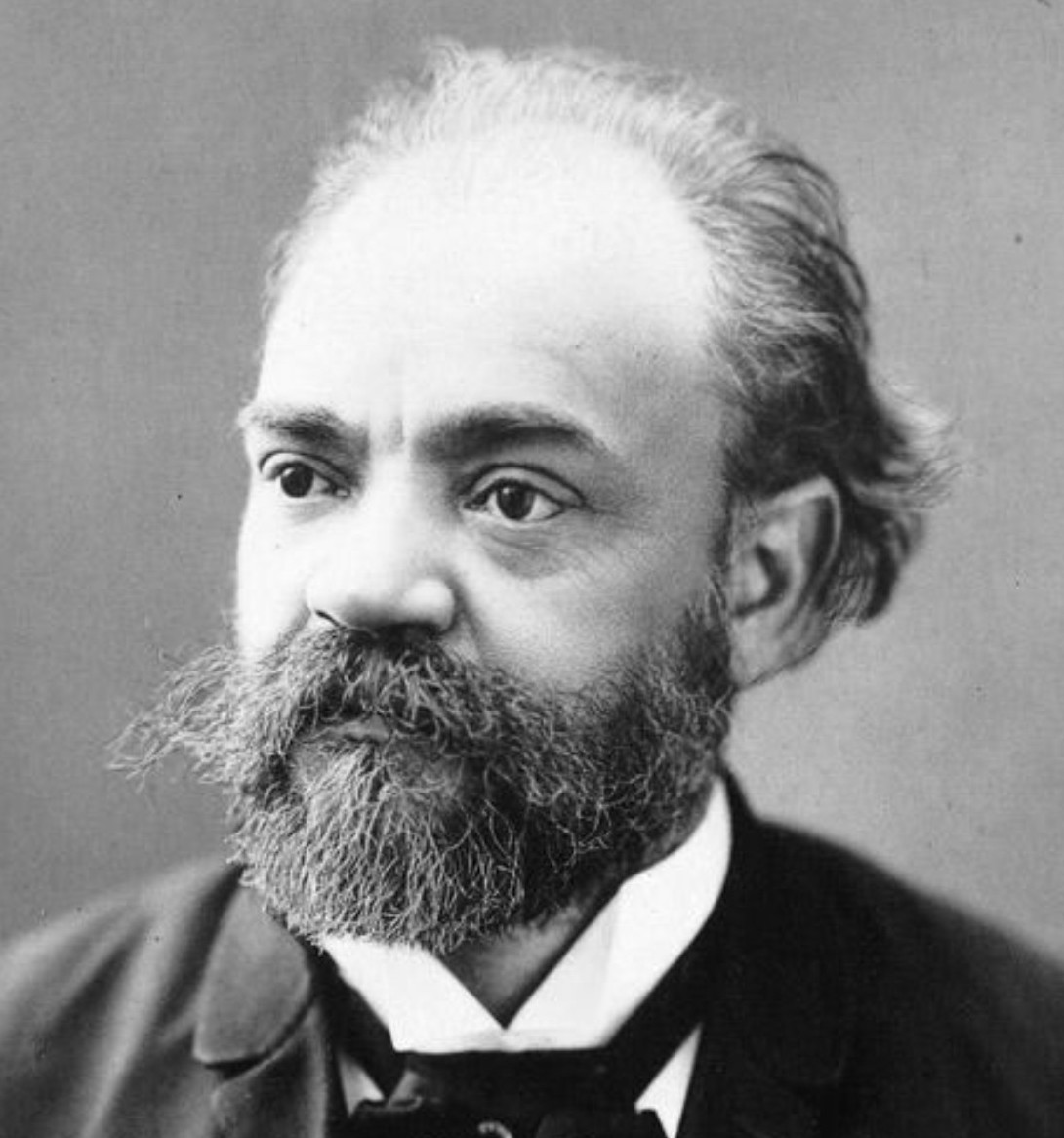 Antonin Dvorak was a Bohemian who found he was in his best form when composing music with roots in his beloved land’s folk culture. As the founding director of the New York Philharmonic, he wrote his most known work, the great Ninth Symphony ‘From the New World’, seeming to celebrate America while at the same time remaining thoroughly homesick for Czech themes. Much of his other music is just as delightful.
Antonin Dvorak was a Bohemian who found he was in his best form when composing music with roots in his beloved land’s folk culture. As the founding director of the New York Philharmonic, he wrote his most known work, the great Ninth Symphony ‘From the New World’, seeming to celebrate America while at the same time remaining thoroughly homesick for Czech themes. Much of his other music is just as delightful.
Edvard Grieg drew on his Norwegian context for some of the most 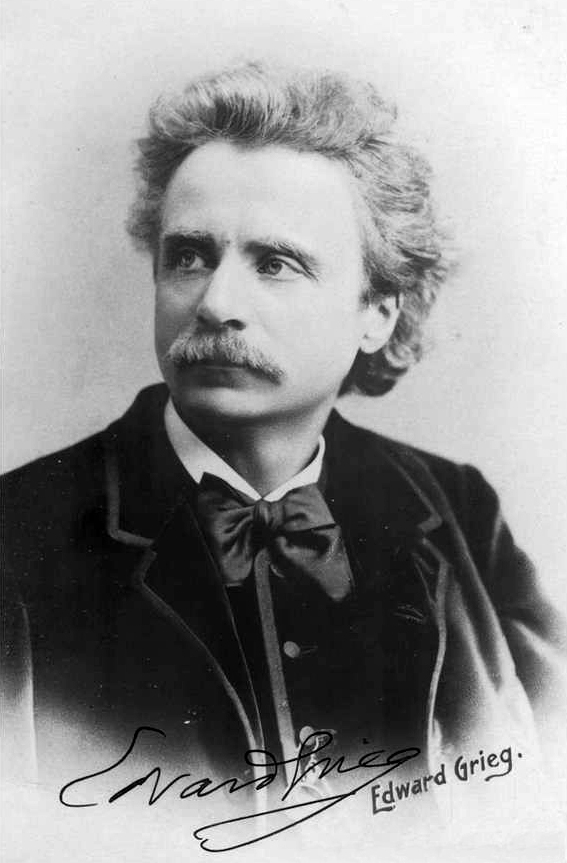 evocative sounds of the period: one can almost see the waterfalls and fjords while listening!
evocative sounds of the period: one can almost see the waterfalls and fjords while listening!
Nicolai Rimsky-Korsakov is best known for his sweeping telling of the Thousand and One Nights in the symphonic tale Scheherazade.
Edward Elgar was English, and his works carry the tone of the Victorian Empire, especially in the very well known ‘Pomp and Circumstance’ Marches.
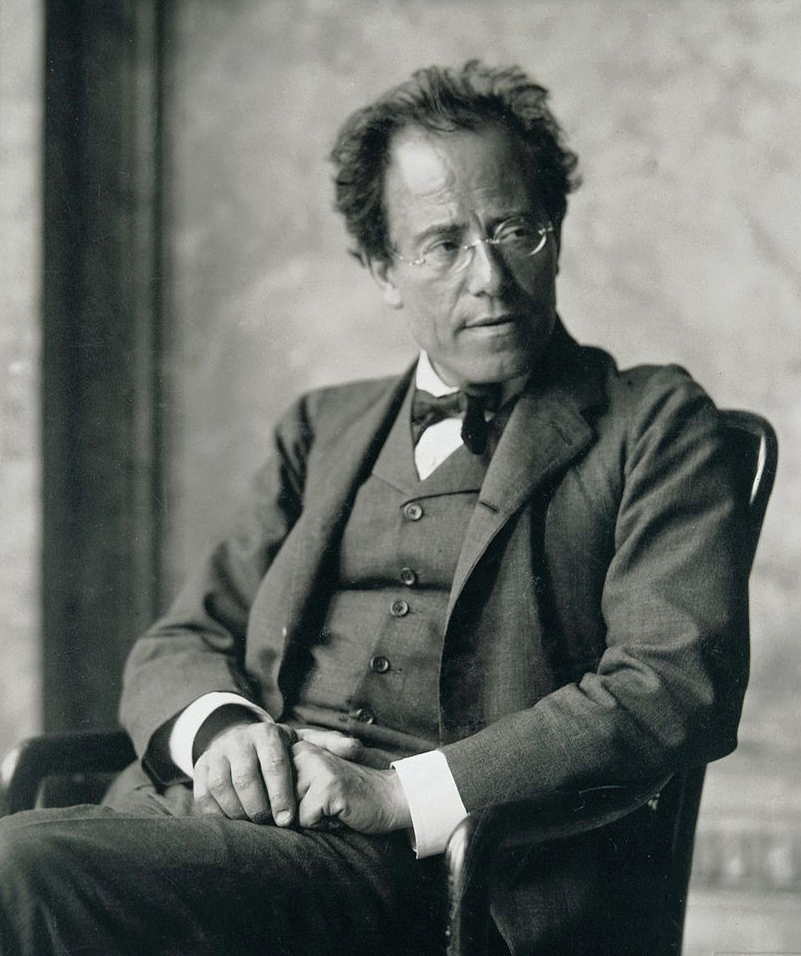 Gustav Mahler, a Jewish German, wrote ten symphonic masterpieces with deep complexity and seriousness, as well as many great solo songs. His career included the best conducting of his time as well.
Gustav Mahler, a Jewish German, wrote ten symphonic masterpieces with deep complexity and seriousness, as well as many great solo songs. His career included the best conducting of his time as well.
Isaac Albeniz, Enrique Granados, Manuel de Falla, Heitor Villa-Lobos, and Joachin Rodrigo were all great masters from the Latin cultures; Classical music has been profoundly enhanced with their particular ethnic contributions.
The German Richard Strauss composed for enormous orchestras, with many complex parts going on at the same time; his ‘Sunrise’ is immediately recognizable as the soundtrack for the NASA astronauts’ ‘Earthrise’ film.
Finnish Jean Sibelius penned seven wonderful symphonies that were the most popular for 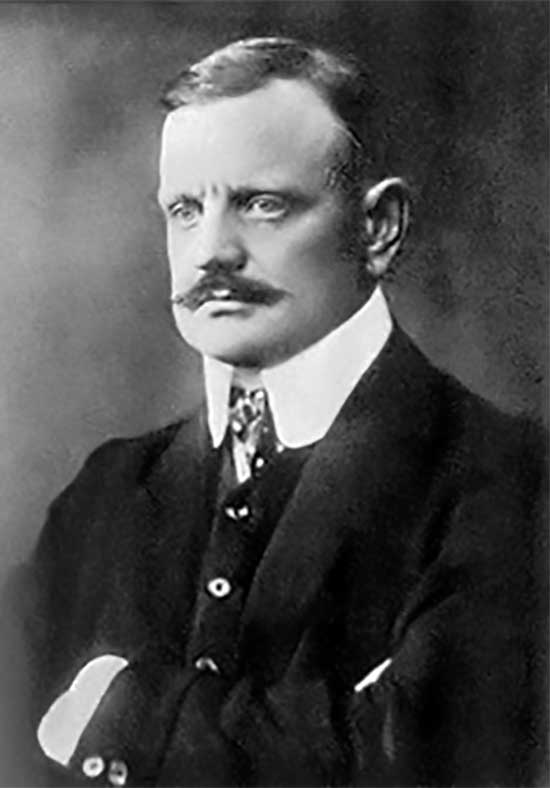 audiences in his time; but his most widely known piece now is the patriotic tone poem ‘Finlandia’, which includes the tune now used for the hymn ‘Be Still, My Soul’.
audiences in his time; but his most widely known piece now is the patriotic tone poem ‘Finlandia’, which includes the tune now used for the hymn ‘Be Still, My Soul’.
Aleksander Scriabin was a mysterious and mystical Russian whose music stands alone in its odd, complex beauty.
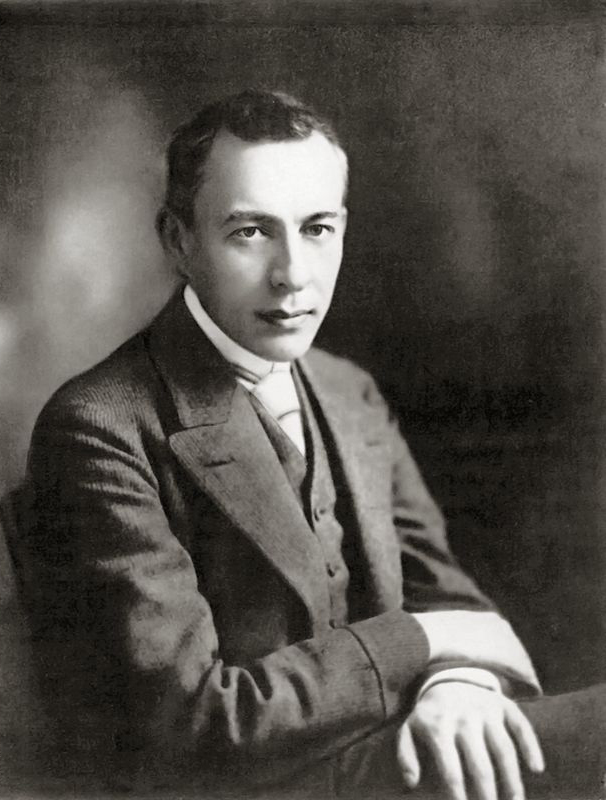 Serge Rachmaninoff was thoroughly Russian yet appealing immediately to all cultures; his music was used for various early film soundtracks and popular songs in the radio era, and his four most famous pieces here (the concerto is overwhelmingly beautiful and compelling!) are constantly performed in our day. His other career was as perhaps the greatest pianist of his day.
Serge Rachmaninoff was thoroughly Russian yet appealing immediately to all cultures; his music was used for various early film soundtracks and popular songs in the radio era, and his four most famous pieces here (the concerto is overwhelmingly beautiful and compelling!) are constantly performed in our day. His other career was as perhaps the greatest pianist of his day.
Arnold Schoenberg was the archetypal modernist --- yet when he was young he participated in the last phase of the Romantic movement in his extremely evocative Verklarte Nacht for string ensemble. And after this series of posts the blog will launch into the shocking forms of the modern age, so make sure you enjoy the beauty linked here!
Gounod (1818-1893)/Bach: ‘Ave Maria’, sung by Kathleen Battle with Christopher Parkening on guitar
Tchaikovsky (1840-1893): Festival Overture '1812', played by the New York Philharmonic, conducted by Leonard Bernstein
Tchaikovsky: Piano Concerto 1, played by Martha Argerich with the Bavarian Radio Orchestra, conducted by Kyrill Kondrashin
Tchaikovsky: Symphony 5, 2nd movement Andante Cantabile, played by the Cleveland Orchestra, conducted by George Szell
Tchaikovsky: Symphony 6 'Pathetique', played by the Cleveland Orchestra, conducted by George Szell
Tchaikovsky: Violin Concerto, played by Janine Jansen, with the Frankfurt Radio Symphony Orchestra, conducted by Paavo Jarvi
Tchaikovsky: Overture from the Nutcracker Ballet, played by the London Philharmonic, conducted by Antol Dorati
Tchaikovsky: Finale from Swan Lake Ballet, played by the Berlin Philharmonic, conducted by Herbert von Karajan
Tchaikovsky: Waltz from String Serenade, played by A Far Cry Chamber Orchestra
Tchaikovsky: Fantasy Overture 'Romeo & Juliet', played by the New York Philharmonic, conducted by Leonard Bernstein
Dvorak (1841-1904): Cello Concerto, played by Pierre Fournier, with the Berlin Philharmonic, conducted by George Szell
Dvorak: Symphony 7, movement 3 Scherzo, played by the Cleveland Orchestra, conducted by George Szell
Dvorak: Symphony 8, played by the Cleveland Orchestra, conducted by George Szell
Dvorak: Symphony 9 'From the New World', played by the Cleveland Orchestra, conducted by George Szell
Grieg (1843-1907): Piano Concerto, played by Khatia Buniatishvili, with the Toulouse Orchestra, conducted by Tugan Sokhiev
Grieg: 'Morning Mood' from Peer Gynt Suite, played by the New York Philharmonic, conducted by Leonard Bernstein
Rimsky-Korsakov (1844-1908): Scheherazade, played by the New York Philharmonic, conducted by Leonard Bernstein
Rimsky-Korsakov: 'Flight of the Bumblebee' from Tale of Tsar Saltan, played by the Russian National Orchestra, conducted by Mikhail Pletnev
Elgar (1857-1934): 'Pomp and Circumstance' March no. 1, played by the New York Philharmonic, conducted by Leonard Bernstein
Elgar: 'Enigma' Variations no. 9 'Nimrod', played by the London Symphony, conducted by Adrian Boult
Mahler (1860-1911): Symphony 1 'Titan', played by the New York Philharmonic, conducted by Leonard Bernstein
Mahler: Symphony 5, 4th movement Adagietto, played by the New York Philharmonic, conducted by Leonard Bernstein
Albeniz (1860-1909): 'Asturias', played by Alicia de Larrocha
R. Strauss (1864-1949): 'Sunrise' from Also Sprach Zarathustra, played by the Berlin Philharmonic, conducted by Herbert von Karajan --- and 'Earthrise 1968'!
R. Strauss: 'Till Eulenspiegel's Merry Pranks', played by the Cleveland Orchestra, conducted by George Szell
Sibelius (1865-1957): Overture 'Finlandia', played by the New York Philharmonic, conducted by Leonard Bernstein
Granados (1867-1916): Goyescas, played by Alicia de Larrocha
Granados (1867-1916): Spanish Dance no. 5 'Andaluza', played by Alicia de Larrocha
Scriabin (1872-1915): Poem of Ecstacy, played by the Russian National Orchestra, conducted by Mikhail Pletnev
Rachmaninoff (1873-1943): Piano Concerto 2, played by Arthur Rubinstein, with the Chicago Symphony, conducted by Fritz Reiner (matchless performance!)
Rachmaninoff: Rhapsody on a Theme of Paganini, Varia. 18 Andante Cantabile, played by Arthur Rubinstein, with the Chicago Symphony, conducted by Fritz Reiner
Rachmaninoff: Prelude in C Sharp Minor, played by Arthur Rubinstein
Rachmaninoff: ‘Vocalise’, played by the Berlin Philharmonic, conducted by Lorin Maazel
Schoenberg (1874-1951): Verklarte Nacht (Transfigured Night) String Sextet, played by the Artemis and Alban Berg Quartets
de Falla (1876-1946): Nights in the Gardens of Spain, 1st movement 'At the Generalife', played by Arthur Rubinstein, with the Philadelphia Orchestra, conducted by Eugene Ormandy
Villa-Lobos (1887-1959): Bachianas Brazileiras no. 5, sung by Kathleen Battle, with Lynn Harrell with seven other cellists
Rodrigo (1901-1999): Concierto de Aranjuez, 2nd movement Adagio, played by John Williams, with the Philadelphia Orchestra, conducted by Eugene Ormandy




Comments